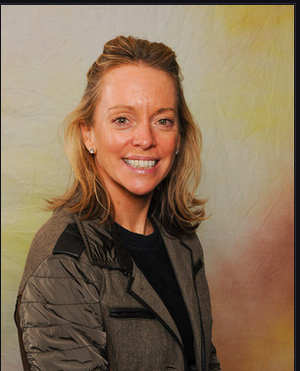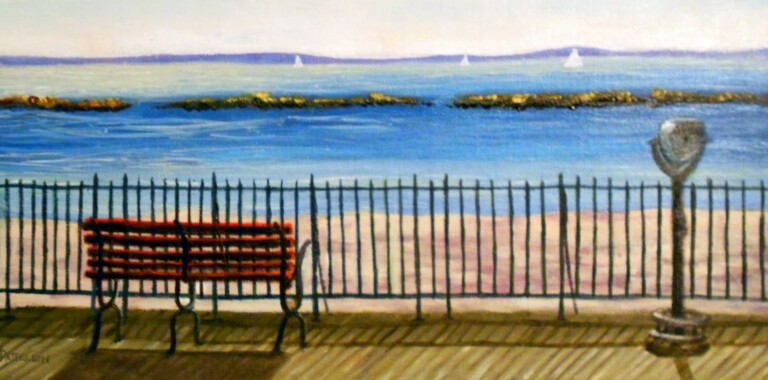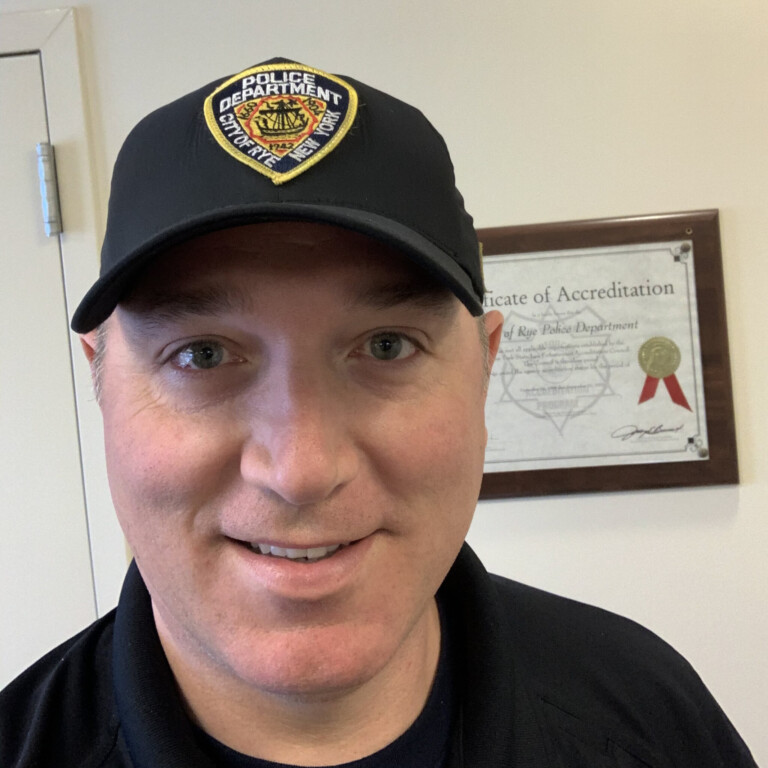Holding Court: Civil Cases in Rye – Small Claims and Commercial Claims
Holding Court is a new series by retired Rye City Court Judge Joe Latwin. Latwin retired from the court in December 2022 after thirteen years of service to the City.
By Joe Latwin

The third and fourth type of civil cases are closely related – Small Claims and Commercial Claims. Both are intended to provide an inexpensive, prompt means of obtaining justice where the amounts are relatively modest. Both involve claims for money damages only no greater than $5,000.
The claimant in a small claims case can reside anywhere. The claimant in a commercial claims case must be a corporation, partnership, or association (but not a LLC) with its principal office in New York. A claimant can file no more than five commercial claims in any calendar month. The defendant must reside or have its business office in Westchester County.
A claimant need only file a one-page claim form and pay the required small fee for filing and mailing. The Court serves the claim by mail. When the claim is filed, the Clerk will set a conference date about thirty days off. The parties must appear at the conference. They will have the opportunity to settle the case. If there is no resolution, the Court will set the case for trial in the near future. No discovery is permitted.
No attorney is required but it is frequently penny wise and pound foolish to forgo attorney representation. As a wise (modest, and good looking) jurist wrote “(Small and) Commercial Claims are often a snare for the unwary Pro se litigant. Perhaps beguiled by televised simulated court programming, the public may be misled into the belief that in a 22-minute segment, if you tell your story and it seems unfair, then you will prevail regardless of the quantity or quality of the evidence and proof.
Here, unfamiliarity with what the law required to sustain the burden of proof and the need for witnesses or sufficient evidence in admissible form to prove the case creates false expectations that reduce the chances of a settlement and may result in falling short of the desired outcome. If you don’t know what you need to prove and what evidence is needed to prove it, you are working blindfolded and as likely to have success hitting your target as would a blindfolded archer. By avoiding the expense of an attorney with knowledge of the law and how to prove the required facts, the Pro Se small or commercial claimant risks losing their claim. This is unfortunate.”
The claimant bears the burden of proof of the defendant’s liability and its own damages. Even in the relatively relaxed and informal atmosphere of a small claims action, the claimant bears the burden of establishing its case by a preponderance of the evidence. The claimant also bears the burden of proving the extent of damages and the court cannot guess as to the extent of damages.
The law requires proof of damages by either a “paid” receipt or two certified estimates. The Court must provide the parties with substantial justice according to the rules and principles of substantive law and under a fair interpretation of the evidence.
After the trial, the Court will render a judgment, usually in writing within two weeks and mailed to the parties.





